SUMMARY
This is AI generated summarization, which may have errors. For context, always refer to the full article.
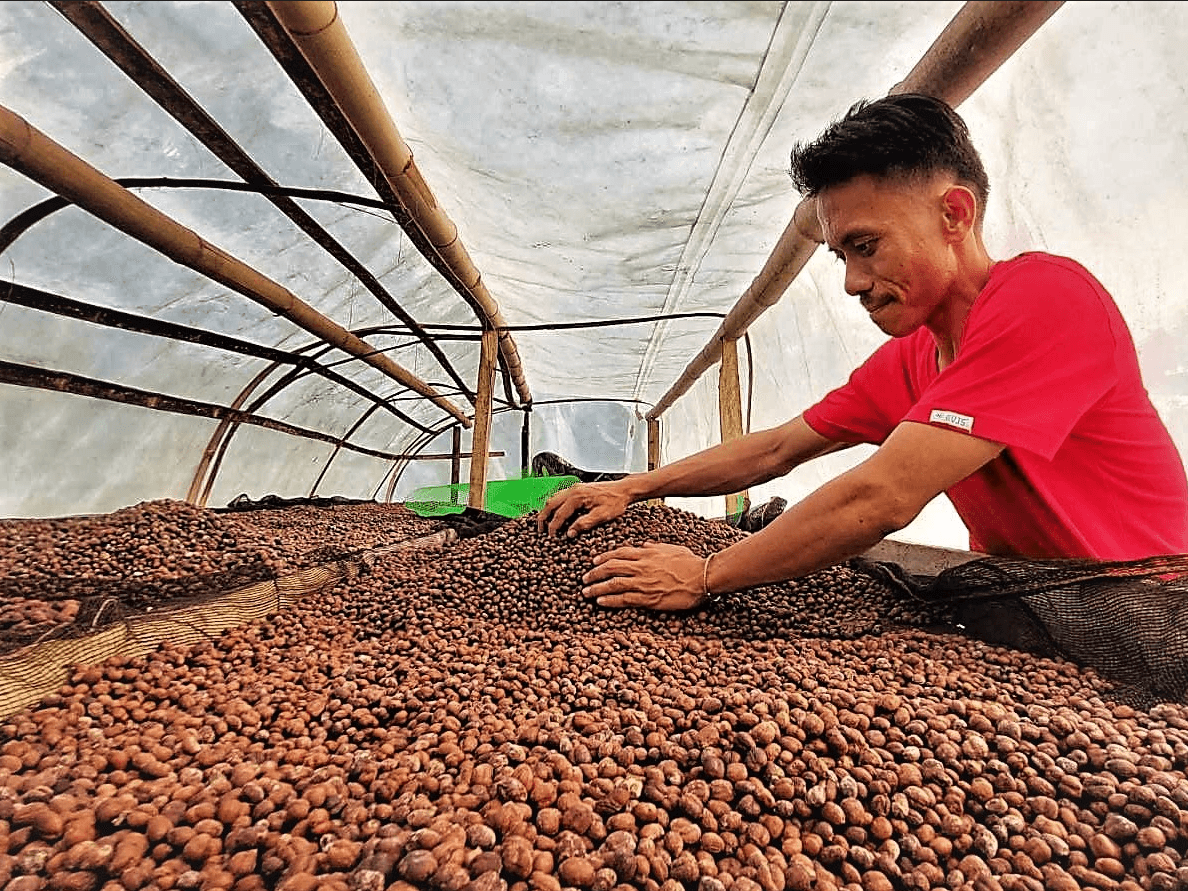
GENERAL SANTOS, Philippines – The sun rose amid a foggy horizon as an indigenous Tagakaulo farmer and several farm hands tended the coffee trees in Lower Mainit in Malungon town, Sarangani province. All are optimistic about a brighter future that their coffee could bring.
Renny Boy Takyawan, whose family used to rely on banana and coconut farming for their income, saw a better potential with coffee farming after they were introduced to innovations and good coffee farm practices.
“I’m passionate about our coffee farm,” Takyawan told Rappler.
He proudly acknowledged his roots, and how he finished college with the meager income of his farmer father. Today, Takyawan chairs the Sarangani Coffee Council.
Making a niche
Coffee, he said, has always been a part of their tribal tradition, but their elders failed to see that it can flourish as an industry, and bring fortune to farmers in tribal communities who have gotten used to failures and losses with other crops.
“We grow coffee but do not give much attention to it even if we take coffee breaks in the morning, afternoon, noon, and even at cold nights or whenever we need to stay awake,” he said.
Takyawan said he and his colleagues saw an opportunity in coffee farming when Arnel Cadeliña, a certified Q Robusta grader, visited their village and discussed with them quality coffee production.
What Takyawan and the other farmers learned prompted them to add value to the coffee they produce, and improve their tribe’s coffee culture.
They hope to make a niche in the country’s flourishing coffee market.
Unquenchable demand
There is an unquenchable demand for coffee, which makes it one of the most traded commodities in the world. Like oil, coffee production has become a multibillion-dollar industry and an economic driver.
“Sarangani coffee will be part of that,” said Takyawan.
He said he sees the local coffee industry thriving with the growing specialty coffee market by attaining specialty-grade standards for their Robusta crop.

Sarangani, which is among the country’s poorest provinces, is in the Soccsksargen region. But the region – with more than 26,000 hectares of coffee farms – is touted as the country’s top coffee producer, accounting for about 32.4% of the total domestic coffee production.
“In Sarangani, we will turn our Robusta into quality coffee, and give it a better chance in the domestic and even international market,” Takyawan said.
He said there was a growing demand for fine Robusta and a foreseen decline in Arabica production due to climate change.
Takyawan’s views are shared by local coffee experts and even baristas who have committed themselves to helping coffee growers in Sarangani.
Distinct flavor
Can Sarangani’s Robusta stand against the more sought-after Arabica?
Sarangani’s Robusta stands a good chance in the market, said barista Arci de Vera, who owns Sidenotes Coffee and Company, a specialty coffee shop in General Santos City.
De Vera said he buys single-origin quality coffee directly from Sarangani farmers, each having its distinct flavor, and traceable to the coffee grower.
“The first time we tasted their coffee, it was sweet. It is not usual for Robusta to be sweet,” he said.
Two coffee species are being grown, and these are Arabica and Robusta, which are widely used for instant coffee.
In the specialty coffee market, there is Arabica and fine Robusta.
Cadeliña said they were developing fine Robusta in Sarangani’s coffee farms.
Sarangani farmers grow Robusta which thrives in lower altitudes than where Arabica grows. Experts find Robusta disease-resistant, and its plants have a higher yield than Arabica.
While Robusta has a reputation to be inferior in taste, the condition of the different types of the two species varies widely.
“It is possible to find a Robusta that outperforms Arabica coffee in quality,” Cadeliña said.
Generally, Robusta, which has higher caffeine content, produces a more bitter, heavier cup with less brightness and fewer fruit notes. A good Robusta, though, exhibits chocolate and hazelnut notes.
Cadeliña said there are processes and methods involved in making good quality coffee, which is a journey in itself, from planting to pouring a cup. This involves planting material selection, farm location, harvest and post-harvest, storage, roasting, and brewing.
“Every person involved in the journey from farm to cup contributes to making the coffee excellent,” he said.
Improving coffee culture
Cadeliña said Robusta farmers in Sarangani have significantly improved since they were introduced to the best coffee farming practices.
“They are very innovative and adaptable to new technology in terms of farming and processing quality coffee,” he noted.
Before, farmers were used to only producing commercial coffee with inferior processing methods. The situation is different now with farmers focusing more on specialty coffee.
Sarangani coffee farmers have been getting good reviews in quality cupping competitions with their Robusta.
In quality coffee grading, a cupping score of 80 and higher must be achieved for that coffee to be recognized as a fine Robusta or Arabica.
Early this year, Takyawan’s Inag Robusta Coffee topped a regional coffee quality evaluation.
Robusta grower Kubli Kusin of Maitum town also got a high cupping score. As a result, he now sells fine Robusta to De Vera’s Sidenotes.
In November, Ramil Libana of Malungon, and Jaime Aban of Lower Mainit got cupping scores of 83.58 and 83.33, respectively, while farmer Arkohami Alab of Poblacion, Malapatan town, scored 80.66 for his coffee.
“I think we have enough reasons to be optimistic about Sarangani coffee,” Takyawan said. – Rappler.com
Add a comment
How does this make you feel?


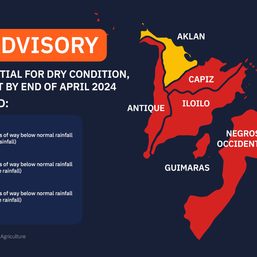

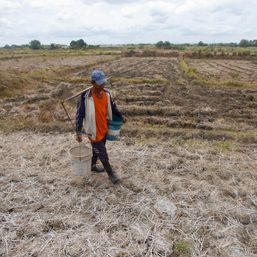
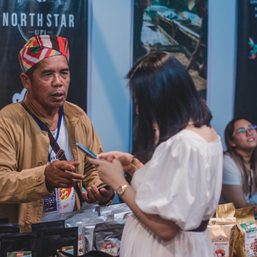
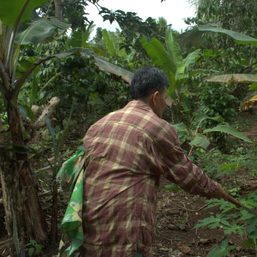


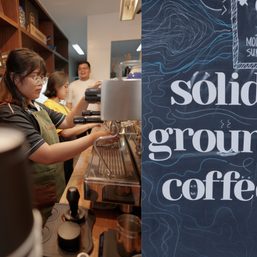
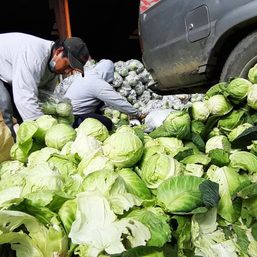
![[ANALYSIS] Investigating government’s engagement with the private sector in infrastructure](https://www.rappler.com/tachyon/2024/04/tl-gov-private-sectors-infra-04112024-1.jpg?resize=257%2C257&crop=435px%2C0px%2C1080px%2C1080px)
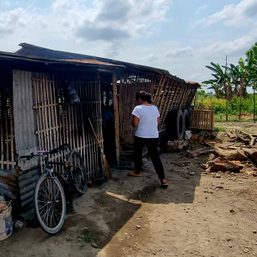
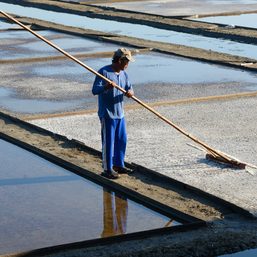
![[Rappler’s Best] The elusive big fish – and big fishers](https://www.rappler.com/tachyon/2024/04/The-elusive-big-fish-%E2%80%93-and-big-fishers.jpg?resize=257%2C257&crop=220px%2C0px%2C720px%2C720px)
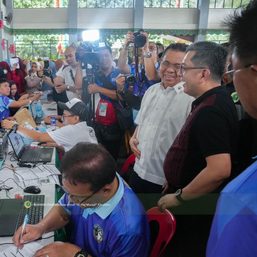
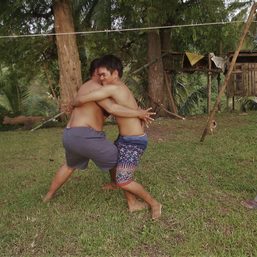
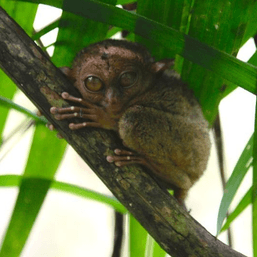

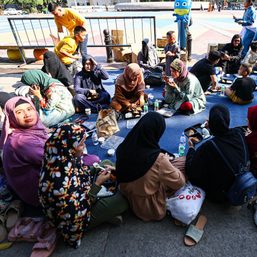
There are no comments yet. Add your comment to start the conversation.